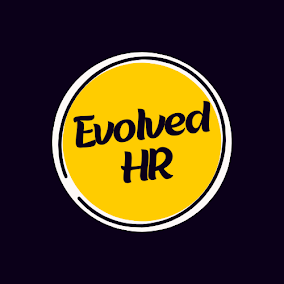Approaches to HRM-Personal Management Vs Human Resource Management
People are seen as commodities to be hired and fired for profit, which can be risky as companies risk losing talented workers.
Human Resources departments that employ strategic initiatives aim to strengthen both their workforce and company culture and environment, while making sure employee policies align with business goals.
1. People as a Commodity
Experts agree that HR managers perform seven primary duties: staffing, setting policies, compensation and benefits administration, training retention retention employment law protection worker protection. Many of these tasks can be automated to some degree; increasing numbers are turning to software as a service platforms to perform some or all of these duties.
Personnel management often entails rules laid out in employee contracts or handbooks, with line managers taking an active role in monitoring adherence and making sure employees comply with them.
Human Resources (HR), on the other hand, takes a much broader view. It considers employee needs and aligns them with company goals while assuring compliance with employment and labor laws. Simply put, HR treats its people like assets to be nurtured and developed to achieve organizational objectives - something personnel management cannot do effectively. HCM (Human Capital Management) emphasizes this distinction even further.
2. People as a Cog in the Machine
Personnel management views people as tools that can help a company generate profits. Should an employee cease performing, replacement can easily take place; additionally, organizations don't need to worry about labor laws when managing staff.
HR professionals take an ingenious approach. They ensure employees are placed in their ideal jobs, receive training that's relevant, and are paid properly; plus they work to promote a healthy working environment for them all.
HR managers play a pivotal role in helping employees meet their personal goals and plan events to keep employees happy and motivated. Furthermore, when disputes arise HR managers act as advocates for workers by advocating on their behalf and managing grievances. Many popular media productions have depicted the role of human resources managers.
3. People as a Resource
Human Resources managers (HR managers) are responsible for designing, implementing and overseeing policies pertaining to workers. This involves making sure employees are treated equally, receive fair remuneration and are protected against discrimination. Furthermore, HR managers must comply with local employment and labor laws while overseeing safety and security issues as needed.
Where traditional personnel management emphasizes strict regulations, HR management offers more of a flexible approach that puts more of an emphasis on performance-related pay and bonuses.
Employees need to be trained and developed so they can reach their full potential in support of an organization's goals, making HRM distinct from personnel management. HRM professionals also advocate for employees by offering them support and guidance when needed, while being aware of trends such as flexible schedules or telecommuting so as to develop policies tailored specifically for these needs.
4. People as a Person
People skilled at emotional intelligence, interpersonal facilitation and relational creativity are commonly known as "people persons." They have the ability to engage quickly with people while quickly building rapport; additionally they're adept at listening and sharing information which makes them invaluable in HR departments.
Traditional personnel management required employees to adhere to rules laid out in an employee handbook or contract, with line managers monitoring compliance. HR professionals tend to take a more relaxed approach when it comes to rules and regulations; although certain non-negotiable guidelines may still exist.
An organization's people-first approach helps it meet its goals while providing its employees with care and engagement with their work. Modern employers realize that workers who feel valued contribute more effectively, so many have initiated programs designed to put employee happiness first.






.jpg)

.png)
No comments:
Post a Comment